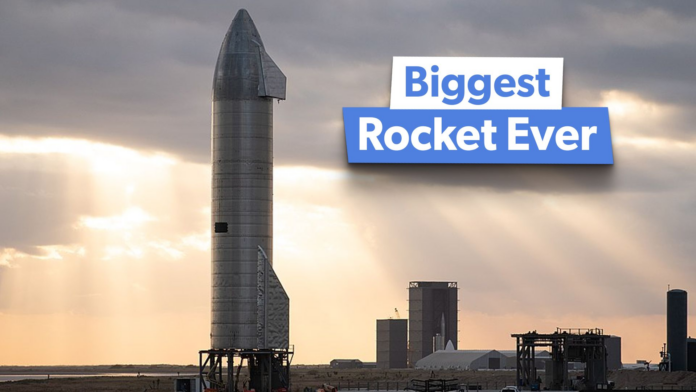Few celestial endeavors have captured the world’s imagination quite like SpaceX’s Starship program. From its towering stature on the Boca Chica launch pad in Texas to its gleaming stainless-steel exterior, Starship embodies the future of interplanetary transport. Here’s what you need to know about SpaceX’s groundbreaking program.
1 What is SpaceX’s Starship program?
Traveling to the Moon, Mars, and beyond
Starship is conceived as a commercial workhorse, revolutionizing space travel by lowering the cost of sending payloads into orbit. Whether launching satellites, deploying space telescopes, or working with NASA to resupply the International Space Station, Starship offers unparalleled versatility and affordability. The Starship program hopes to spark a renaissance of innovation in industries from telecommunications to scientific research. However, it’s the program’s most ambitious goal that could fundamentally transform our world: human colonization on Mars.
The SpaceX Starship is a super-heavy lift launch vehicle system comprised of two stages:
First Stage : SpaceX Super Heavy booster
: SpaceX Super Heavy booster Second Stage: Starship spacecraft
Fully Integrated Starship (first and second stage) HEIGHT 397 ft / 121 m DIAMETER 29.5 ft / 9 m PAYLOAD CAPACITY 100 – 150 t
Photo: SpaceX
Super Heavy Booster HEIGHT 232 ft / 71 m DIAMETER 29.5 ft / 9 m PROPELLANT CAPACITY 7.5 Mlb / 3,400 t THRUST 16.7 Mlbf / 7,590 tf
Photo: SpaceX
The massive Super Heavy booster is a critical component in Starship’s goal of transporting not just astronauts and cargo but, eventually, civilians, scientists, and settlers across the vast expanse of space. To do this, the Super Heavy booster features 33 reusable methane-oxygen staged-combustion Raptor engines developed and manufactured by SpaceX, each capable of producing 230 tf / 507 klbf of thrust. In the image below, note the dramatic design improvements SpaceX has made from the original Raptor 1 engine to Raptor 3, resulting in increased efficiency and performance with each innovation. The improved Raptor 3 engines will soon replace the Raptor 2 engines currently being used on Starship.
Close
Starship Spacecraft HEIGHT 165 ft / 50 m DIAMETER 29.5 ft / 9 m PROPELLANT CAPACITY 1,200 t / 2.6 Mlb THRUST 1,500 tf / 3.3Mlbf
Photo: SpaceX
Upon stage separation, the Starship spacecraft is tasked with the daunting mission of providing service to the




